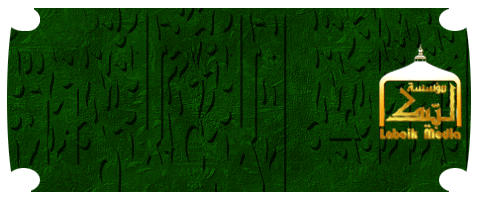NOTE: For prior parts in the Hizballah Cavalcade series you can view an archive of it all here.
—
Liwa’a Zulfiqar: Birth of A New Shia Militia in Syria?
By Phillip Smyth ([email protected])
Click here for a PDF version of this post
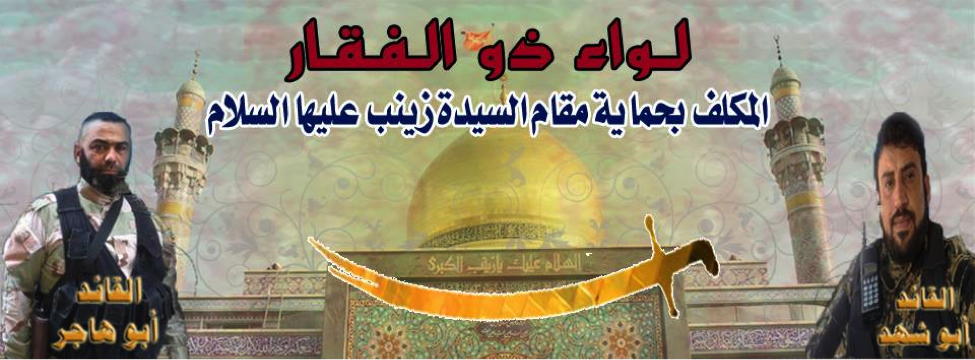
On June 5, 2013, the same day Lebanese Hizballah declared victory at the Battle of Qusayr, a page for a new Damascus-based Shia militia group, Liwa’a Zulfiqar (LZ or the Zulfiqar Battalion), was created on Facebook. The group asserts it is, “Assigned to protect religious shines, especially the Saydah Zaynab [shrine]”. This claim is also held by Syria’s other main Shia militia, Liwa’a Abu Fadl al-Abbas (LAFA). However, Liwa’a Zulfiqar is not competing with Liwa’a Abu Fadl al-Abbas. In fact, most of its members and leadership appear to have been drawn from LAFA. Furthermore, Liwa’a Zulfiqar does not hide the fact that it was created out of Liwa’a Abu Fadl al-Abbas. Along with new photographs, the new group has repackaged older LAFA photographs and claimed them as representations of the new group.
LZ’s formation results in a number of questions: Is Liwa’a Zulfiqar a genuinely new organization? Could it be another front for LAFA? Was LZ’s formation representative of something else going on within the ranks of Shia fighters in Syria?
Based purely on social media data, it appears LZ is less of a new organization, and probably a LAFA front or part of LAFA. At best, the group could be a repackaging of LAFA fighters into a new group which serves the same functions and cooperates closely with LAFA and the Syrian army. At the same time, the group could be little more than a web-based propaganda vehicle. Since the creation of a new organization would generate the sense that larger numbers of capable Shia fighters are flooding into Syria, LZ’s propaganda function may also be aimed directly at rebel morale.
Using unnamed sources, Al-Hayat newspaper reported the majority of LZ’s fighters have come from Muqtada al-Sadr’s Liwa’a al-Yum al-Mawud (Promised Day Brigades), Asa’ib Ahl al-Haq, and Kata’ib Hizballah.[1] The latter two groups have suffered casualties in Syria and have also been integral pieces of LAFA. If LZ is an actual organized entity, it has already established itself as primarily Iraqi Shia staffed. It is unknown whether the Iraqi make-up of the group is a deliberate measure to create a separate purely Iraqi staffed organization. However, based on LAFA’s history of having a membership of mixed nationalities, it is unlikely the group has been formed to suit such a purpose.
Still, new evidence about LZ’s origins may have come to light via a June 19th Reuters report.[2] Liwa’a Zulfiqar may instead be the outgrowth of infighting pitting Liwa’a Abu Fadl al-Abbas’s Syrian commanders, Assad militias, and trained Iraqi fighters who comprise a large chunk of LAFA’s membership. Citing claims by Iraq-based Shia militants, Reuters reported, “Two Iraqi fighters and three Syrian Shabiha died” in a short battle pitting local Assad’s forces against Iraqi Shia fighters. As a result, “divisions fester and Iraqi combatants have formed a new brigade, refusing to fight under Syrian command”. It is possible Liwa’a Zulfiqar is the “new brigade” mentioned in the report.
If Liwa’a Zulfiqar was established due to the infighting, it is highly probable that the old LAFA command and military apparatus has been replicated and simply given a new name. This would explain the repackaging of LAFA photographs and the claims that LAFA leadership now comprises LZ’s leadership.
Nevertheless, it is important to remember that LAFA and LZ would still be reliant on the cooperation of Assad’s forces. Heavy weapons provided to them by the Syrian army, including tank and artillery support, will still be necessary for LZ to mount any offensive or effective defensive operations. Furthermore, supplies for the group need to be funneled through the Assad regime, so a working relationship with Assad’s forces would be necessary.
Importantly, LAFA does not appear to have an interest in heightening any split. LAFA’s official Facebook page even announced the creation of LZ and posted some of their photographs. Also, LZ does not hide their support for the Assad regime. If a split resulting in the creation of LZ really did arise, it appears it was mitigated to the extent that the discord did not spill into public spheres, namely social media.
Liwa’a Abu Fadl al-Abbas & Liwa’a Zulfiqar’s Shared Members
Since the creation of Liwa’a Abu Fadl al-Abbas and the creation of multiple social media (primarily Facebook) pages to market the group and its goals, very few of the group’s members have been photographed or named. However, LAFA’s leadership were often photographed (without their faces obscured) and claimed as group leaders. This has also been the case for LZ, which has publicized the leadership element of the organization.
Demonstrating its extremely close links to LAFA, LZ’s announced commanders were and may possibly still be LAFA leaders. This further points to the possibility LZ is little more than a subgrouping of fighters who operate under the main header of LAFA. Then again, it could also demonstrate the organization is a replication of LAFA with more Iraqi leadership.
LZ claims Abu Shahed and Abu Hajar as acting as a commanders (ranks were not given). Yet, these two commanders are already well-known to those following LAFA. In fact, the two have both been presented as LAFA leaders.
- Abu Jafar al-Assad (Abu Jafar): Often shown in LAFA’s photographs as a sniper. Abu Jafar is now named as a leading fighter for Liwa’a Zulfiqar. Photographs of Abu Jafar have been widely circulated on pro-Assad, pro-LAFA, Hizballah, and Syrian rebel websites. He’s most often affiliated with LAFA.
- Abu Hajar: Originally claimed as “Al-Qa’id” for LAFA. Abu Hajar was prominently displayed on many pro-LAFA websites.
- Abu Shahed: Originally listed as a “Mujahid” (holy warrior) for LAFA. Abu Shahed is now listed as a commander for LZ.
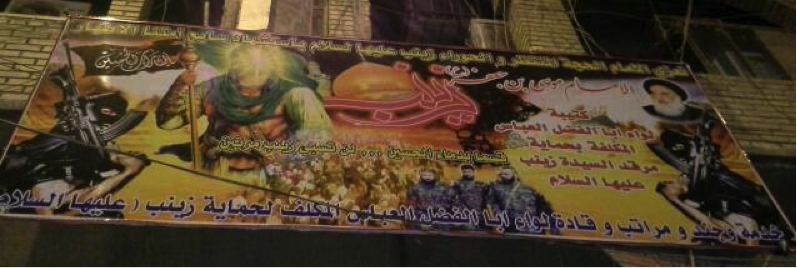
Figure 1: A banner featuring (shown wearing camouflage fatigues) Abu ‘Ajeeb (left), Abu Shahed (center), Abu Hajar (right) are pictured together as the leadership for LAFA. The photo of the banner was first posted on Facebook on June 6, 2013, 24 hours after the announcement of the creation of Liwa’a Zulfiqar.
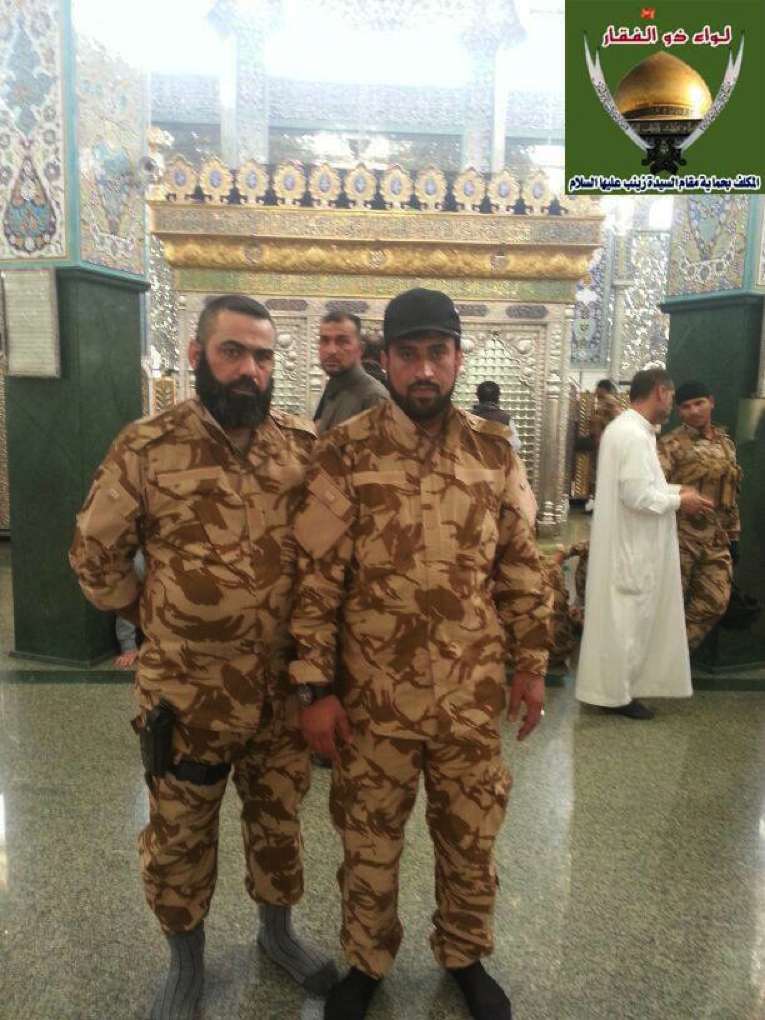
Figure 2: Abu Hajar and Abu Shahed stand together in the Saydah Zaynab Shrine.
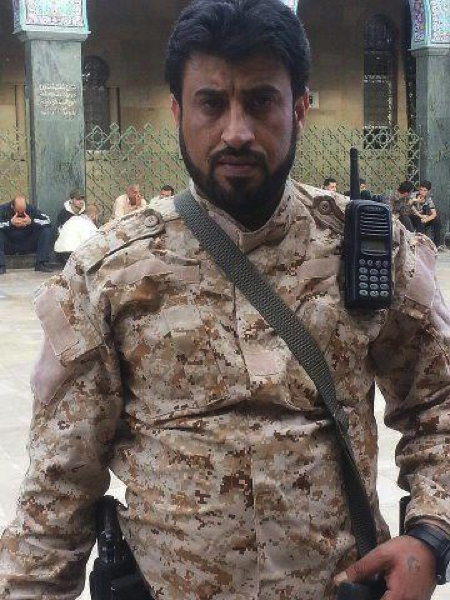
Figure 3: Abu Shahed, shown in an April, 2013 LAFA photograph. In the picture he is wearing a desert pattern MARPAT style uniform. The photo has been reposted on LZ’s Facebook.
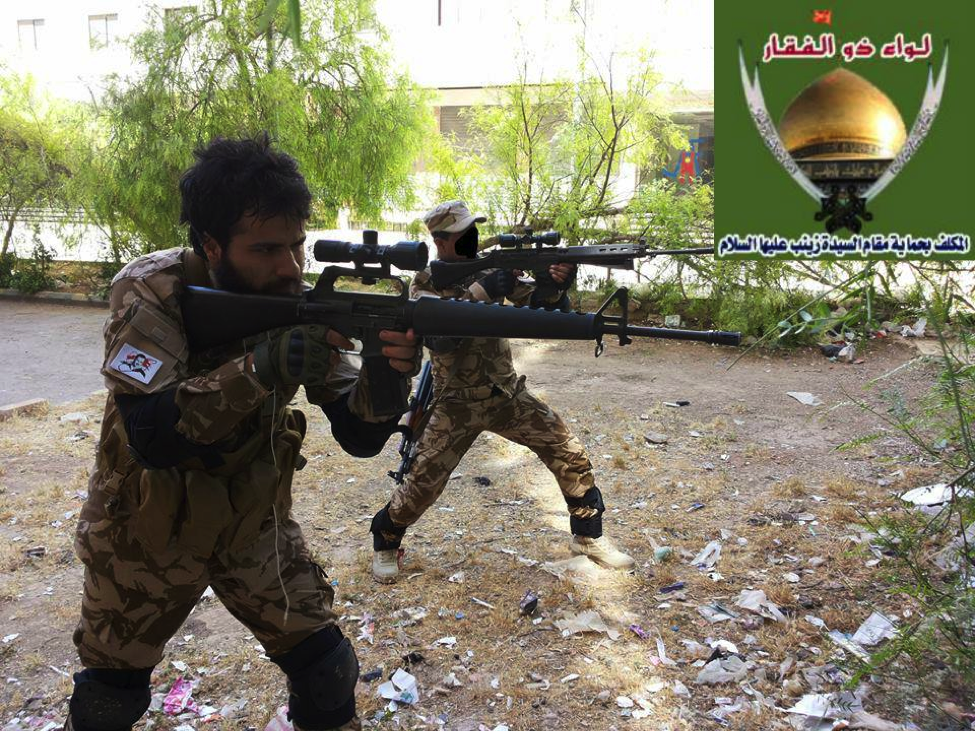
Figure 4: Abu Jafar al-Assad takes aim with an M16A1 style rifle. Another LZ/LAFA militiaman also takes aim with an FN FAL. A Bashar al-Assad patch is fastened to Abu Jafar’s arm.
Symbolism
The creation of Liwa’a Zulfiqar and their symbol also coincided with the creation of a new symbol for Liwa’a Abu Fadl al-Abbas. LAFA’s new logo was first adopted on the group‘s official Facebook page on May 31, 2013. Both logos include stylized images of crossed Zulfiqar-style swords. The dome of the Saydah Zaynab Shrine also features prominently.
It is important to note that both logos are quite similar in design. It can be assumed that this was not likely due to unoriginality, but instead was done to demonstrate common themes. The adoption of these new symbols is a clear example of the both organizations attempting to capitalize on the fate of the Saydah Zaynab Shrine and on placing clearly Shia symbols as centerpieces of their respective organizations.
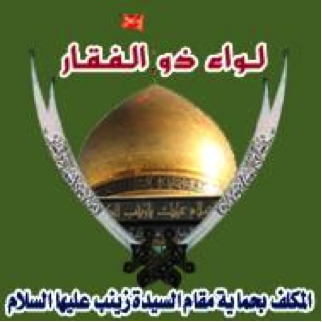
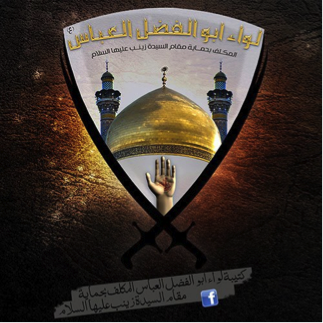
Figure 5: Liwa’a Zulfiqar’s logo (Left).
Figure 6: Liwa’a Abu Fadl al-Abbas’s new logo (Right).
What’s In A Name?
As with Liwa’a Abu Fadl al-Abbas, Liwa’a Zulfiqar’s name has deep roots within Shia Islam. According to Shia tradition, the Zulfiqar was a sword which originally belonged to the Islamic prophet Muhammad. According to Shia tradition, the legendary double tipped sword had immense strength and was passed on to Imam ‘Ali by Muhammed as he lay dying. For Shia, the handover of the sword connoted the passing of the mantle of Islam’s leadership to ‘Ali. The sword also formed a central facet for ‘Ali’s renowned status as a warrior.[3]
A popular traditional Shia saying, which invokes Imam Ali and the Zulfiqar says, “La fata illa ‘Ali, la saif illa zulfiqar” (“No victor like Ali, no sword except the Zulfiqar”).[4] Jennifer G. Wollock also notes the Zulfiqar’s near mystical qualities saying, “[Zulfiqar is] famous in its own right…[J]ust as King Arthur’s sword Excalibur or Roland’s Durandal…[I]n the West.”[5]
For Shia Muslims, the Zulfiqar and its significance did not simply disappear with the assassination of ‘Ali. It is believed the sword is the weapon to be wielded by the Mahdi, Shi’ism’s messianic figure who will usher in a time of justice and end oppression.[6] For Shia, particularly Twelver Shia, the Mahdi is the true ruler of earth—the final Imam—hidden by Allah and set to return. Contemporarily, the messianic theme of connecting the Zulfiqar to the Mahdi is also still popular with many Shia.[7]
Accordingly, the Zulfiqar’s powerful symbolism is being wielded by LZ to demonstrate power, commitment to the protection of Shi’ism, traditional Shia themes, messianic motifs, and as a military symbol.
The Fighters of Liwa’a Zulfiqar
Interestingly, LZ’s photographic posts for their fighters seem to include shots of them dressed in desert-pattern camouflage. LAFA members photos are more generally seen in woodland and urban themed MARPAT-style camouflage clothing. The emphasis on the desert pattern uniforms may be LZ’s attempt to posit a clear and visible difference from LAFA.
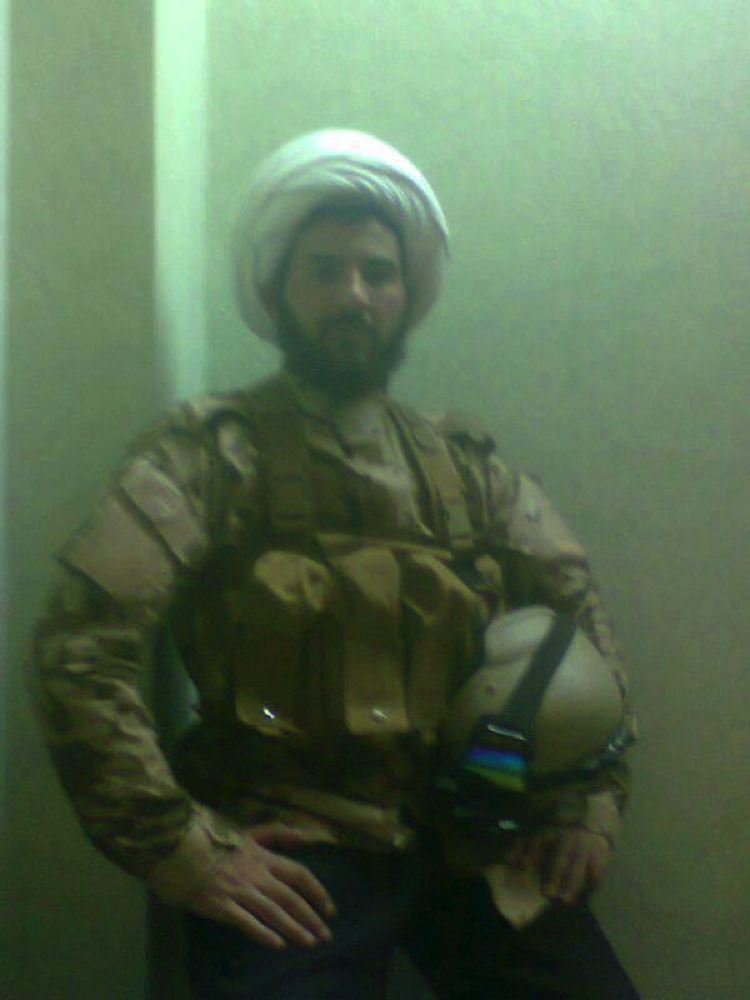
Figure 7: The fighter’s white turban and beard indicate he may hold the status
















